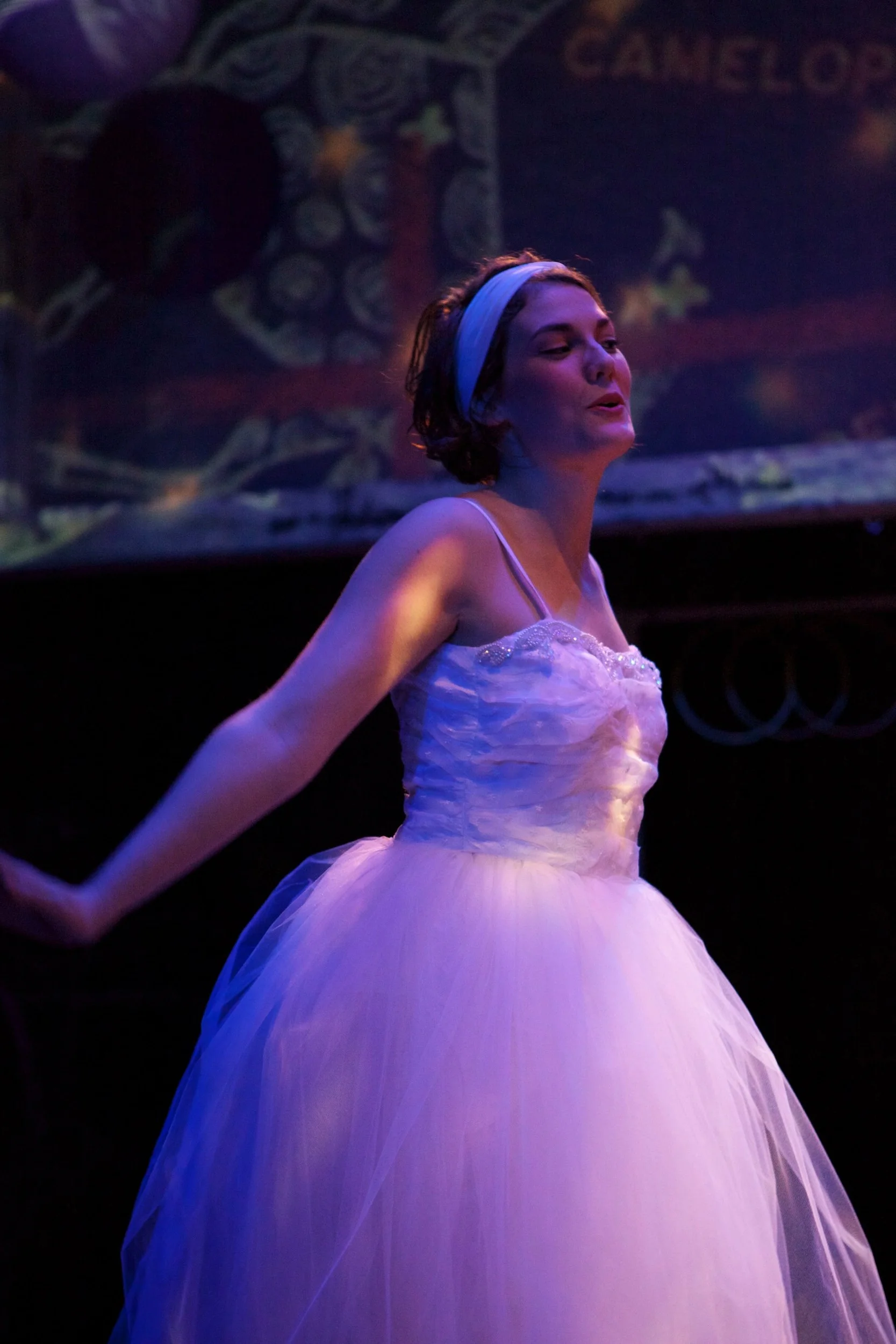




Hotel Cassiopeia
Hotel Cassiopeia remains one of the most personal pieces that I have directed. Exploring the life and work of Joseph Cornell has been an inspirational and enlightening experience for all of us. In studying Cornell’s life, we have taken a journey into our own lives as artists and ask ourselves what experiences we have had - both witting and unwitting - that continue to feed us as artists and human beings. We continue to ask, “How is it we see what we see?” This has been a rich experience of discovery that has woven its way through the fiber of our work on the play itself.
As Cornell was a collage artist - bringing together disparate objects and images that created new worlds of resonance in their carefully arranged juxtaposition, so Charles Mee, the playwright, has cobbled together a nonlinear assemblage of thoughts and stories that probes the inner experiences of this great, but perhaps little known, American artist. With no particular regard to appropriate temporal continuity, Mee focuses rather on the relationships that ged and influenced Cornell’s work. Cornell fashioned boxes in which different worlds and different time frames coexist in “exquisite harmony”. Mee models his play after this poetic assemblage of disparate images and personalities.
Losing his father at age 7, Joseph almost immediately took on the responsibility for his mother and siblings. He was deeply affected by his invalid brother Robert whom he loved dearly. It was in his commitment to share the world with Robert that he began collecting objects from his travels to the city that began to be developed into his famous shadowboxes. His mother remained a dominant force in his life until her death. Mee brings many of Cornell’s friends together as though they were objects in one of his boxes. Influenced by other artists of the period, Duchamp, Matta and Gorky come to tea and discuss their lives as artists and their view of the world. These dialogs are mixed with the poetry of ballerinas and lovely ladies as they dance through the moments and movies that fed his art. In them he found the fantasy, longing and escape that he so eagerly sought in his own life.
Joseph Cornell may have been a man of few words, but the poignancy of his images continue to speak meaningfully long after his death. His greatest joy was found in the “eternal of the everyday”. What is the power of art to invite participation on the part of the viewer? Upon accepting this gesture of hospitality, what is the unsuspecting participant to do with the images and the personal narrative that may arise from this spiritual engagement? Far form inanimate, we have found that Joseph’s simple explorations of the meaning found objects are imbued with life and the ability to point to true meaning in the soul of those who are willing and able to go with him on this journey. It is a portal through which we are encouraged to enter a mysterious world of our own imagination. It is our hope that this may be your experience as we invite you to partake of this poetic and visual feast.
